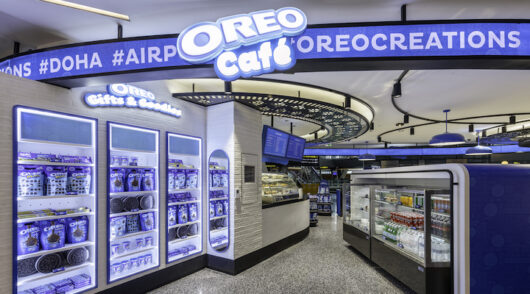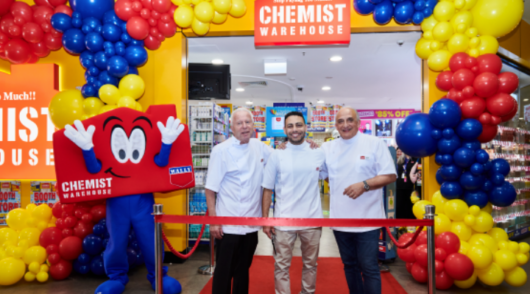 Suburban retail vacancies in Melbourne have hit a ten-year high to 8.6 per cent, with vacancy now well above the series average of 4.8 per cent , according to the recent Knight Frank survey.
Suburban retail vacancies in Melbourne have hit a ten-year high to 8.6 per cent, with vacancy now well above the series average of 4.8 per cent , according to the recent Knight Frank survey.
The survey, however, indicated that while clothes, footwear and soft goods retailers have closed shop and contributed to the rising vacancy rate, food retailing is helping drive a recovery in suburban retail vacancies.
According to the Knight Frank Retail Suburban Strips survey, there was a shift away from clothing retailing in favour of food retailing which has the highest tenancy at 29.1 per cent.
“This finding might signpost a change in consumer behaviour towards a more ‘experience’ driven lifestyle,” the survey showed. “Indeed ABS data reveals food retail turnover in Australia has increased at a higher rate than clothing related retail turnover, since 2013.”
Paul Pellegrino, Knight Frank senior retail leasing executive, said the tenancy mix across Melbourne’s prime retail strips continues to be dominated by food as well as health and fitness, with a lower level of activity from clothing/footwear/soft goods retailing.
“The rise in vacancy since last year can largely be explained by a number of clothing and footwear retailers vacating their premises—six in every ten (62 per cent) vacancies in the last 12 months fell in one of these two categories,” said Finn Trembath, Knight Frank Associate director of Research.
Trembath said upcoming major developments such as the Capitol Grand and Aloft Hotel mixed-use residential/ retail projects and the Jam Factory redevelopment should revitalise the area, however these projects won’t be completed for another two to three years.
“In contrast to nearby Chapel Street, vacancy along Toorak Road, South Yarra has been trending down the last three years and is currently at 5.2 per cent. Combined, food and clothing retailers represent more than half of Toorak Road’s new tenants since 2017,” Trembath said.
“Despite experiencing a decline since last year, vacancy along Bridge Road, Richmond is still the highest of all 11 prime streets covered in the survey. For the second year running, one in every five (20.5 per cent) shops on Bridge Road are vacant.”
Trembath said while the decline in vacancy since last year can be attributed to a number of offices and food retailers leasing out space, countering this new vacancies were mostly made up of clothing retailers vacating their premises.
“Increases in rents, a lack of car parking spaces, and the lure of retail options in the CBD are felt to be driving the high vacancy levels along Bridge Road,” he said.
Trembath said that between 2007 to 2010 vacancy was fairly static, however it increased notably post 2012.
“This is a reflection of subdued trading conditions brought on by a shrinking pool of prospective tenants, the rise of e-commerce, and reduced discretionary spending caused by mortgage stress and more recently, slow wage growth,” he said.
Access exclusive analysis, locked news and reports with Inside Retail Weekly. Subscribe today and get our premium print publication delivered to your door every week.





